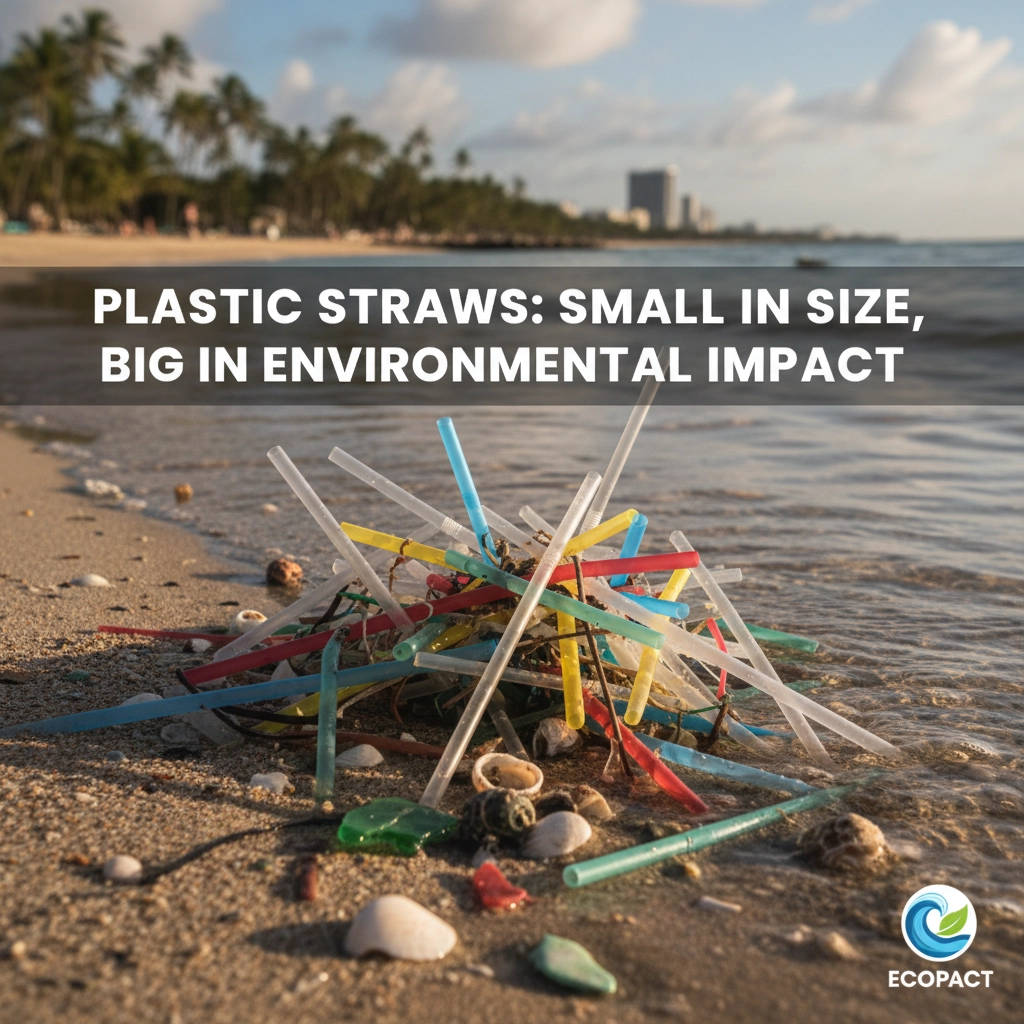
When you think about environmental villains, plastic straws might not be the first thing that comes to mind. After all, they're tiny, lightweight, and seem pretty harmless, right? Wrong. These seemingly innocent drinking accessories are wreaking havoc on our planet in ways that would surprise most people.
Here's a staggering fact: Americans alone use approximately 500 million disposable drinking straws every single day. That's enough straws to circle the Earth 2.5 times if you lined them up end to end. And that's just one country. When you consider global usage, the numbers become almost incomprehensible.
But it's not just about the quantity, it's about the devastating impact these small plastic tubes have on our environment, wildlife, and ultimately, our own future.
The Ocean Plastic Crisis
Our oceans are drowning in plastic, and straws are playing a starring role in this environmental disaster. While plastic straws represent only about 0.025% by weight of the 8 million tons of plastic flowing into our oceans annually, they consistently rank among the top 10 contributors to plastic marine debris globally.
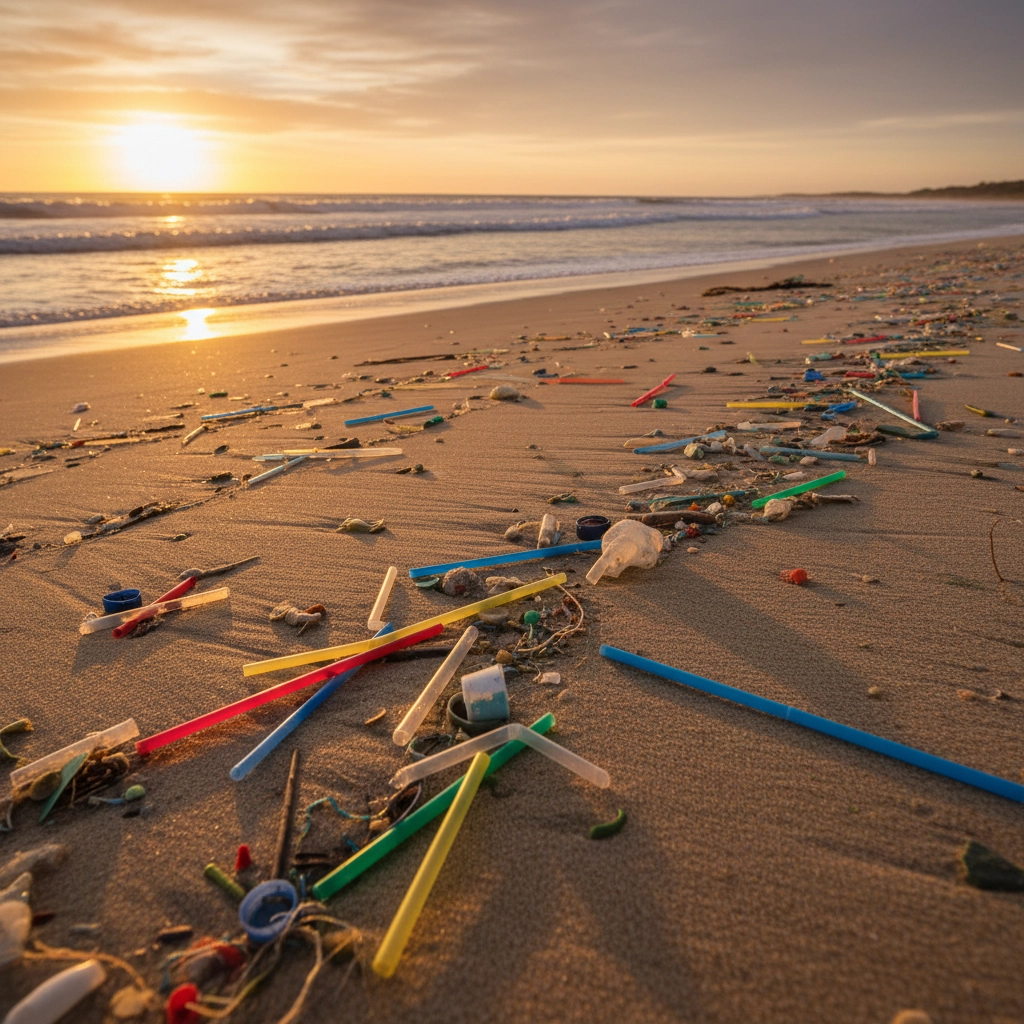
The problem isn't just their numbers, it's their design. Plastic straws are lightweight and small, making them incredibly easy to become litter. A gust of wind can easily carry a discarded straw from a beach café straight into the ocean. Once there, they don't biodegrade. Instead, they persist for hundreds of years, slowly breaking down into smaller and smaller pieces.
Our beaches are telling the same story. Coastal cleanups routinely find thousands of plastic straws washed up on shores worldwide. These aren't just unsightly: they're indicators of a much larger problem happening beneath the waves.
Wildlife Under Threat
Perhaps the most heartbreaking aspect of the plastic straw crisis is its impact on wildlife. The viral video of a sea turtle with a plastic straw lodged in its nostril wasn't an isolated incident: it's happening to marine animals every day.
Seabirds, fish, sea turtles, manatees, dolphins, and countless other marine creatures mistake plastic straws for food. The consequences are often fatal. Straws become lodged in their noses, throats, and stomachs, causing internal injuries, blockages, and starvation. Marine biologists have documented cases of animals with stomachs full of plastic debris, unable to digest real food.
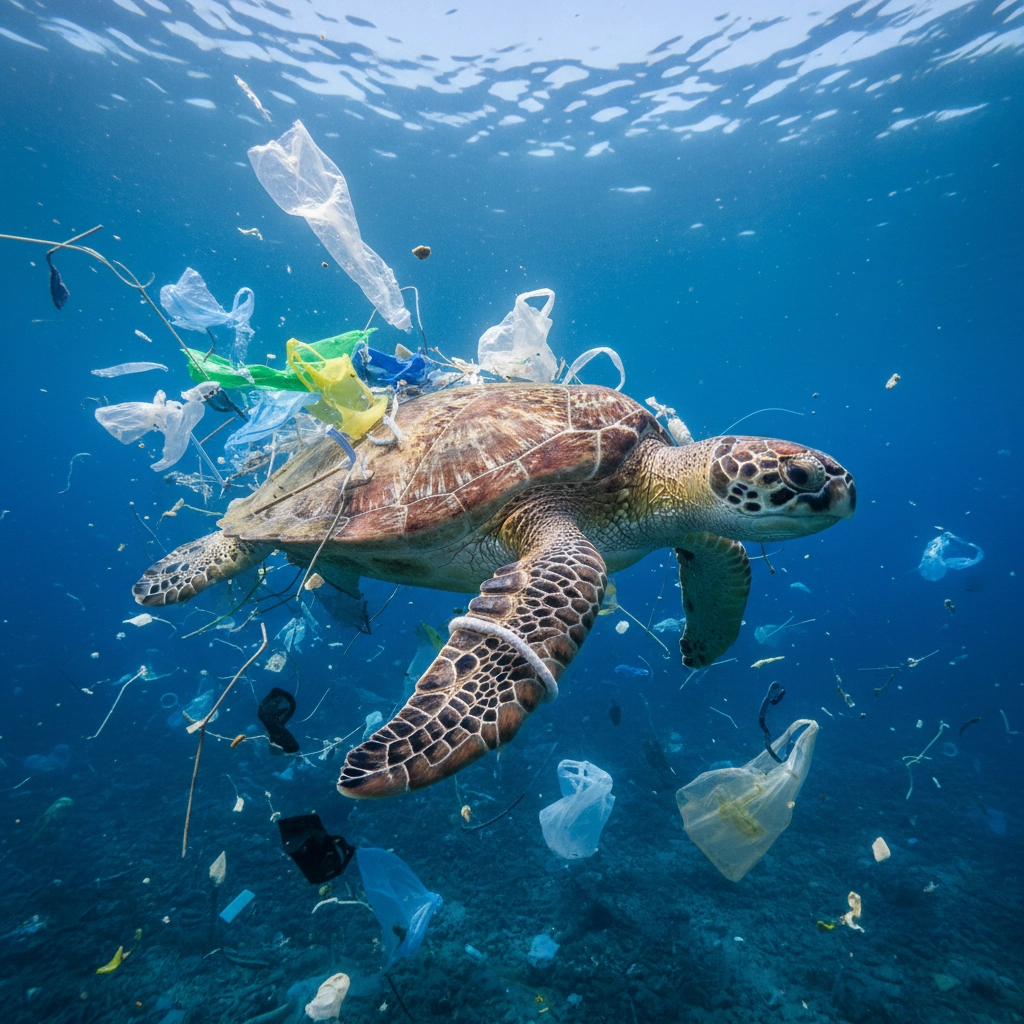
The problem extends beyond individual animals. When small fish consume plastic particles and are eaten by larger predators, the contamination moves up the food chain. This bioaccumulation means that the plastic pollution eventually reaches the fish on our dinner plates.
Young animals are particularly vulnerable. Baby sea turtles, for instance, often mistake small plastic fragments for jellyfish, their natural food source. This case of mistaken identity can be deadly for these already endangered creatures.
The Recycling Myth
Here's where things get particularly frustrating: while plastic straws are technically recyclable, the reality is that they almost never actually get recycled. Only around 3% of polypropylene products (the plastic most straws are made from) undergo recycling globally, making it one of the least recycled plastics.
The problem lies in their physical characteristics. Straws are small, thin, and flexible: exactly the properties that make recycling facilities reject them. These characteristics cause straws to get jammed in sorting machinery, leading most recycling plants to exclude them entirely from their programs.
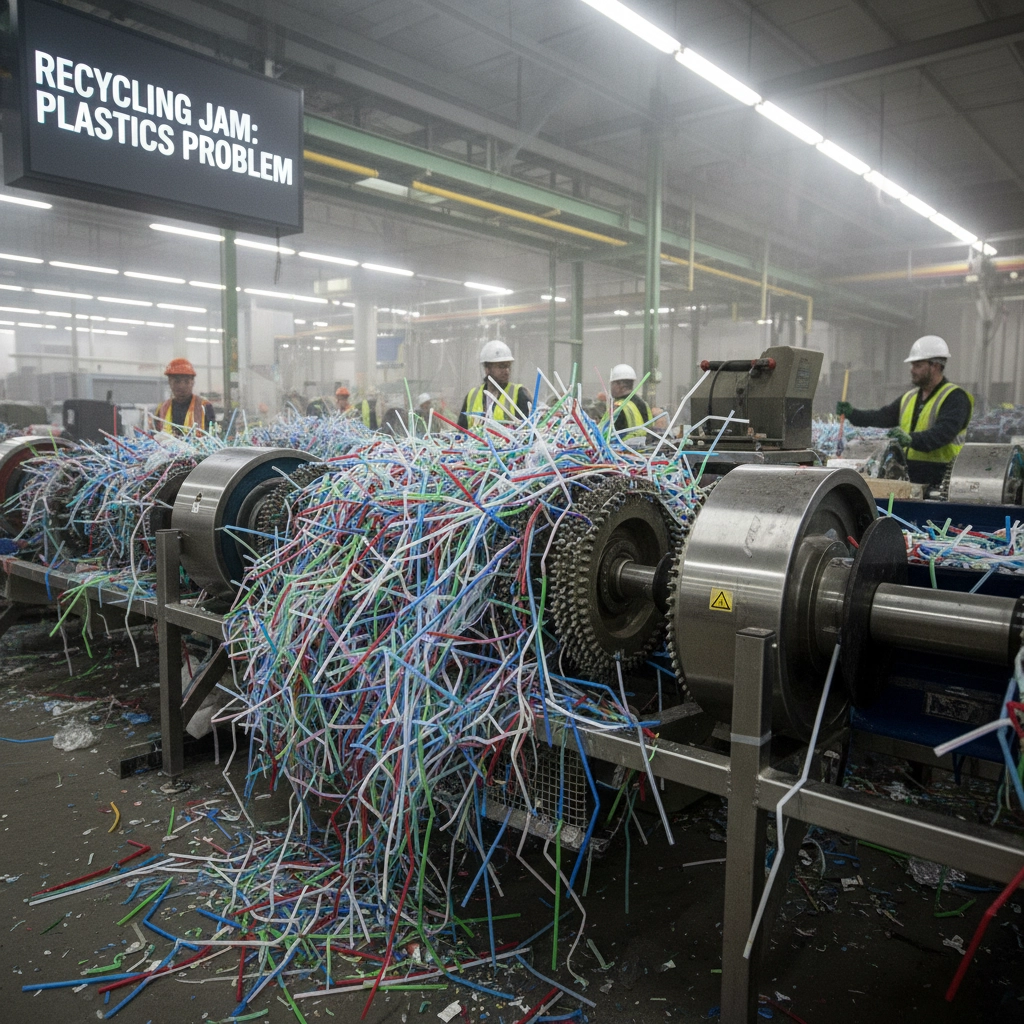
This means that at least 97% of properly disposed plastic straws end up in landfills or are incinerated. In landfills, they don't decompose: they just sit there for centuries, occasionally breaking down into microplastics that can leach into groundwater. When incinerated, they release harmful emissions into the atmosphere.
The cruel irony is that people often think they're doing the right thing by putting straws in recycling bins, not realizing they're actually contaminating other recyclable materials.
Symbol of Our Throwaway Culture
Plastic straws have become the poster child for our problematic relationship with single-use items. Think about it: we use something for maybe 20 minutes, then throw it away, where it persists in the environment for centuries. This disconnect between usage time and environmental impact perfectly encapsulates the problem with our throwaway culture.
The production process alone tells a troubling story. Manufacturing plastic straws generates approximately 0.48 kg of CO2 per single straw. When scaled to national consumption levels, the CO2 impact of plastic straw production in the US equals the average emissions of 19 million cars driven for a year.
For every 1,000 kg of polypropylene produced for straws, the process consumes 75 kg of oil and 61 kg of natural gas. These are precious fossil fuel resources being used to create items designed to be thrown away after minutes of use.
The Microplastics Menace
Even when plastic straws don't directly harm wildlife, they're still causing long-term environmental damage through microplastic formation. When exposed to sunlight, waves, wind, and temperature changes, plastic straws break down into particles smaller than 5 millimeters.
These microplastics are arguably more dangerous than the original straws. Their tiny size allows them to be easily consumed by marine organisms at the base of the food chain. From there, they travel up through the ecosystem, eventually reaching the seafood we eat.
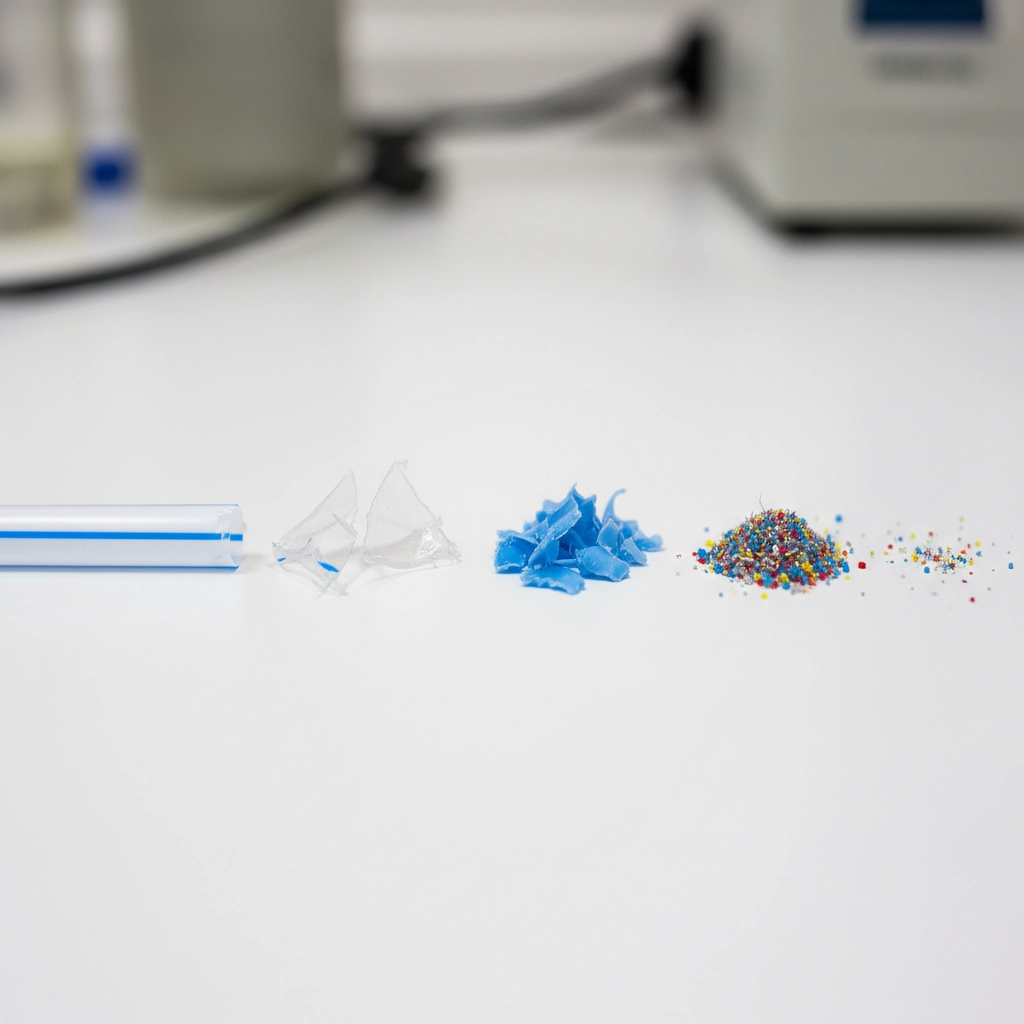
Microplastics have been found in everything from sea salt to honey, from beer to bottled water. They're in our food, our water, and increasingly, in our bodies. The long-term health effects are still being studied, but early research suggests they could be linked to various health problems.
Solutions: What We Can Do
The good news is that plastic straws are one of the easiest single-use items to eliminate from our daily lives. Unlike some plastic products that serve essential functions, most of us can easily drink without straws: and when we do need them, there are excellent alternatives available.
For Individuals:
- Skip the straw entirely when possible: most drinks taste just fine without them
- Carry a reusable straw made from stainless steel, bamboo, silicone, or glass
- Ask for no straw when ordering drinks at restaurants and cafés
- Support businesses that have eliminated plastic straws or offer sustainable alternatives
For Businesses and Organizations:
- Switch to paper, bamboo, or other compostable alternatives for customers who need straws
- Make straws available only upon request rather than automatically providing them
- Educate staff and customers about the environmental impact of plastic straws
- Partner with sustainable suppliers who prioritise environmental responsibility
Many businesses have already made the switch. Major companies like Starbucks, McDonald's, and Disney have committed to eliminating plastic straws, proving that change is possible on a large scale.
At Team Britannia PR, we understand the power of collective action in addressing environmental challenges. Our work with organisations tackling sustainability issues has shown us that small changes can create ripple effects throughout entire industries.
A Call to Action
The plastic straw crisis isn't just an environmental issue: it's a test of our ability to change harmful habits for the sake of our planet's future. These small plastic tubes represent something much larger: our relationship with convenience culture and our responsibility to future generations.
The solution doesn't require groundbreaking technology or massive lifestyle changes. It simply requires us to pause and think before automatically accepting that plastic straw. It requires businesses to prioritise long-term environmental health over short-term convenience. And it requires all of us to recognise that our daily choices, no matter how small they might seem, have real consequences for the world we share.
Every plastic straw we refuse is one less straw in our oceans, one less threat to marine wildlife, and one small step toward a more sustainable future. The change starts with each of us, one sip at a time.
